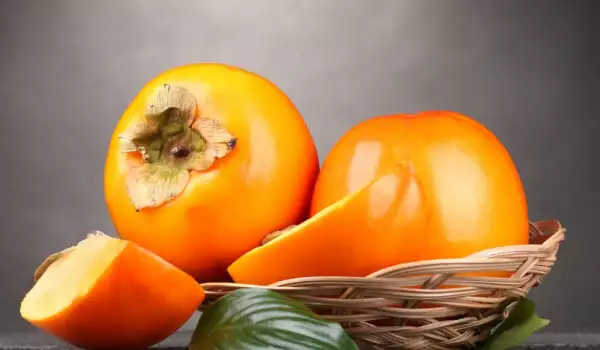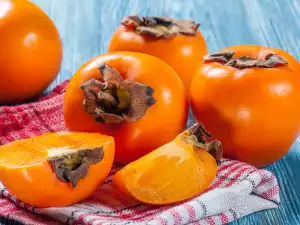Persimmon appears on the market only a few weeks a year. In autumn, when there is more frost, persimmon soften and become edible. Most people say, that they fell in love with the heavenly fruit at first sight. There are many varieties of persimmon, but there are only two on the market - light orange, which looks flatter and dark orange, which are longer and larger.
Dark persimmon can be eaten before they are soften enough and those, which are lighter and flatter must be almost overripe before you can cut them.
- Like carrots, pumpkin and sweet potatoes, the orange color of the healthy persimmon indicates, that they contain a large amount of beta carotene. Inside just 1 persimmon, you'll find the full dose of vitamin C you need for the day. So how do we choose the best persimmon?
- To choose a ripe persimmon, you need to look for fruit, which have an even color throughout and have the same density and firmness, without visible injuries and dark scars on them. The best option is to get a few softer and a few harder persimmon, so that you can eat them for at least 3-4 days;
- It's a good idea to store the selected persimmon at room temperature on a dry surface where they can ripen. Once they soften, you can eat them with a spoon, by first cutting off the lid and then carving out the inside.
You can experiment with the delicious and juicy fruit in the kitchen. Make persimmon pie or other desserts. Persimmon dishes are exotic and fragrant.



















Comments